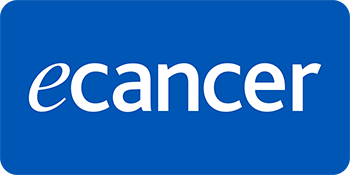Background: The incidence of colorectal cancer has been increasing worldwide. Middle- and low-income countries are also experiencing surge. This is due to a rapidly growing population.
Methods: All patients diagnosed and presenting to Indira Gandhi Medical College, Shimla, the sole tertiary cancer care centre in Himachal Pradesh, India, during the study period from January 2017 to December 2018, were included in the study and were followed till 60 months. Data were collected on clinical characteristics, pathology, treatment received and survival outcomes, specifically overall survival (OS) and disease-free survival (DFS). A Kaplan–Meier survival curve was constructed and multiple regression analysis was conducted to identify factors influencing survival, with a significance level set at p < 0.05.
Results: A total of 165 patients participated in the study, with a predominance of male subjects, a median age of 60 years and 34% of participants being under 50 years of age. The most prevalent symptoms were anorexia and weight loss, affecting 97% of the cohort, with the rectum identified as the most common site of involvement in 42% of cases. Histopathological analysis revealed signet ring-type morphology in 15% of the cases. The majority of patients presented with advanced stages, specifically stage 3 (36%) and stage 4 (32%). A multimodal treatment strategy was employed, involving collaboration among radiation oncologists, surgeons and medical oncologists. After a follow-up period of 60 months, 22 patients were lost to follow-up and only 23 patients remained alive. Multiple regression analysis indicated that only the stage of the disease significantly influenced overall survival (OS) and DFS.
Conclusion: Limited health awareness, coupled with the challenging topography of the region, has led to a significant number of defaulters. This, in conjunction with the advanced stage of the disease and inadequate access to healthcare, has contributed to suboptimal OS and DFS rates. Further epidemiological investigations, including genetic analyses, are necessary to better characterise the presentation of this disease.






